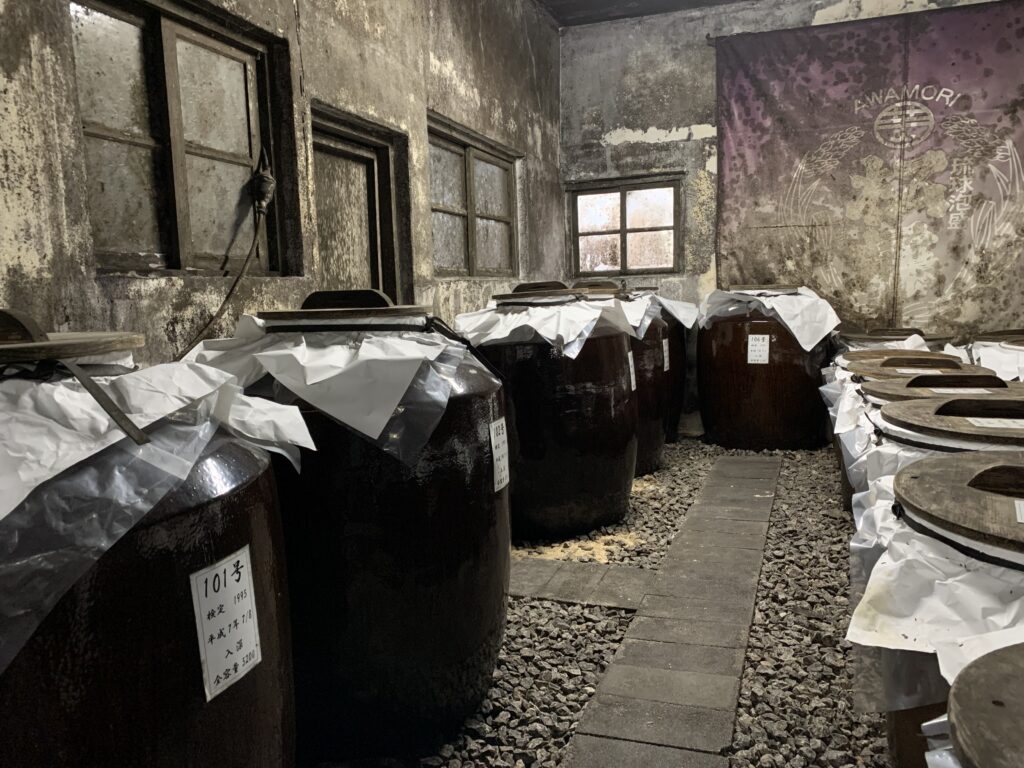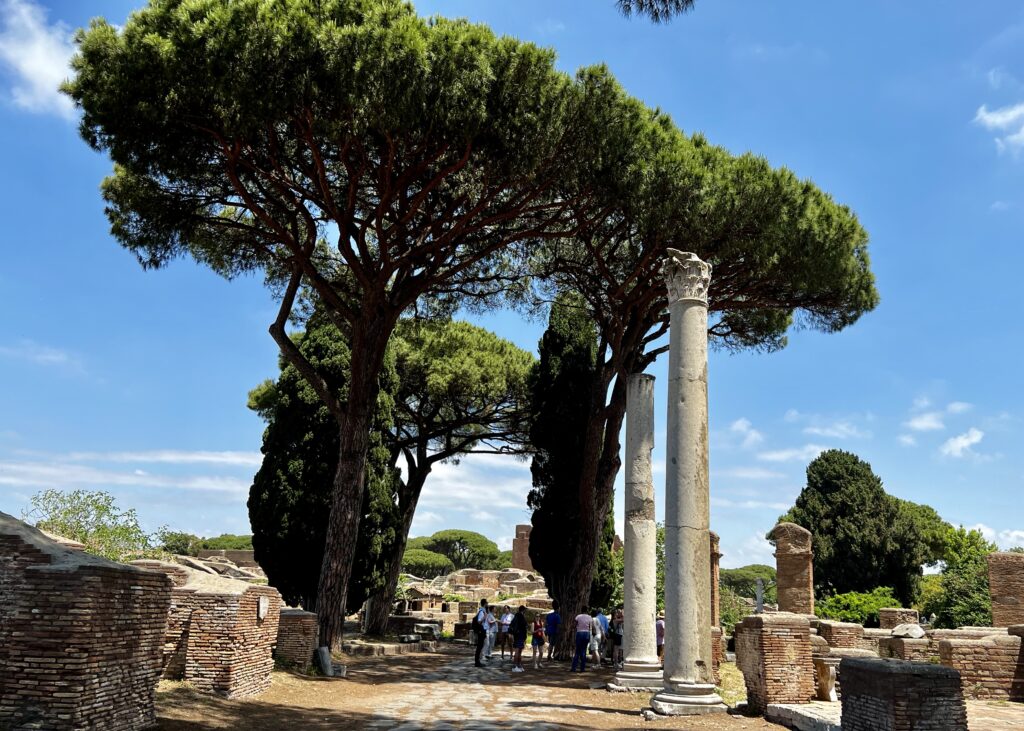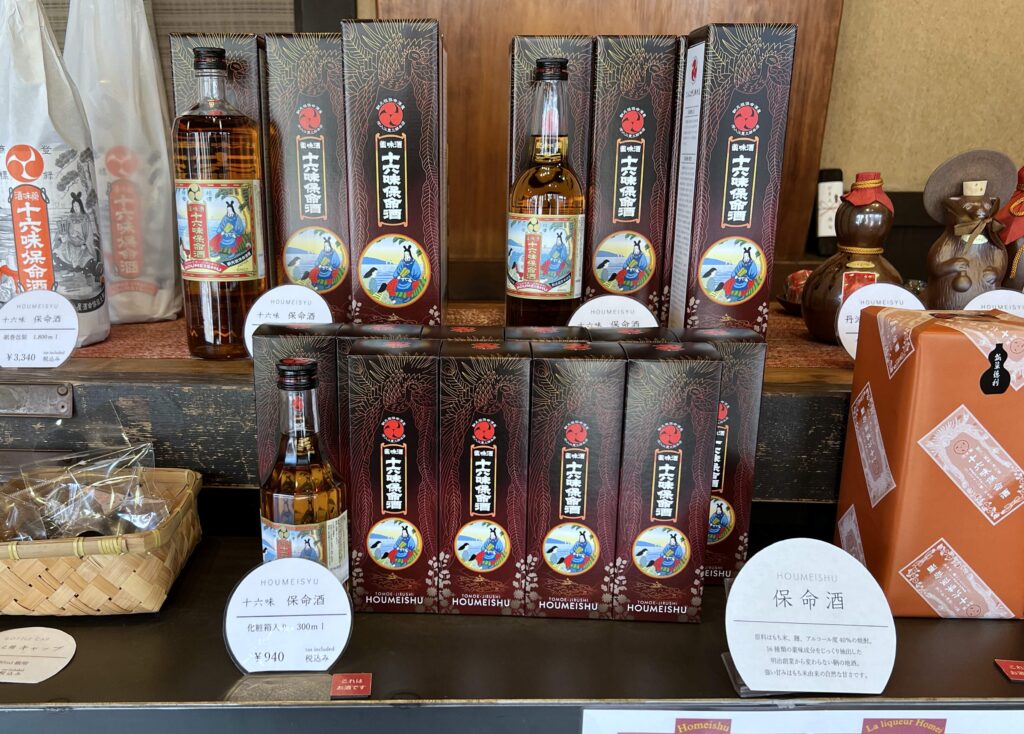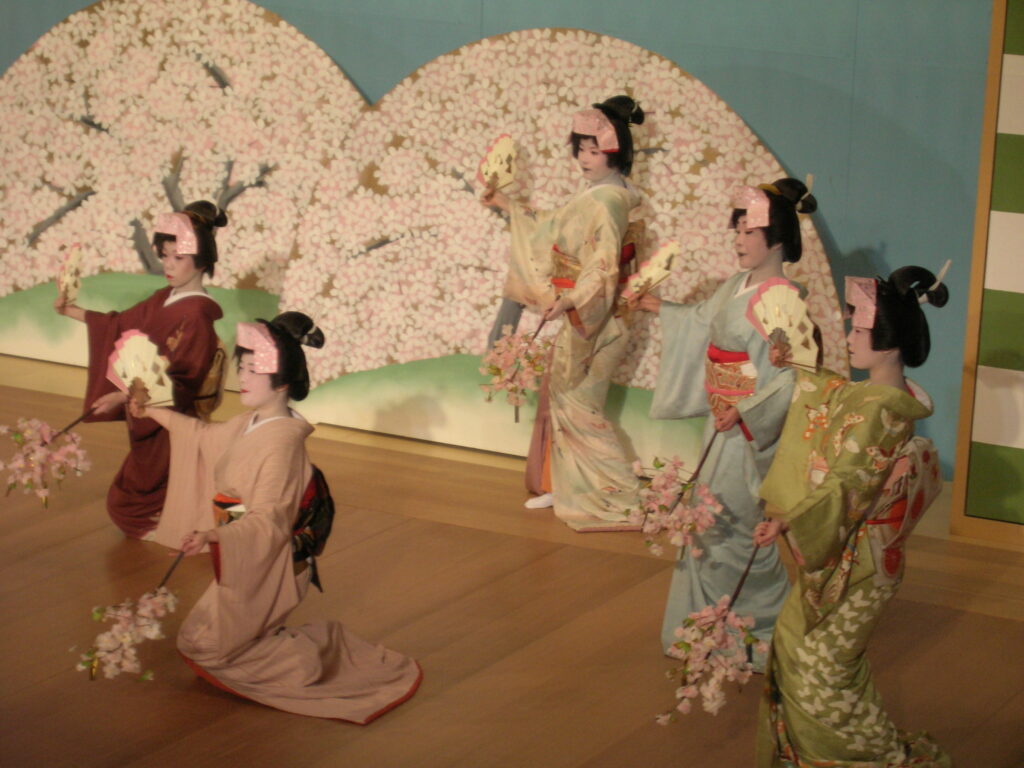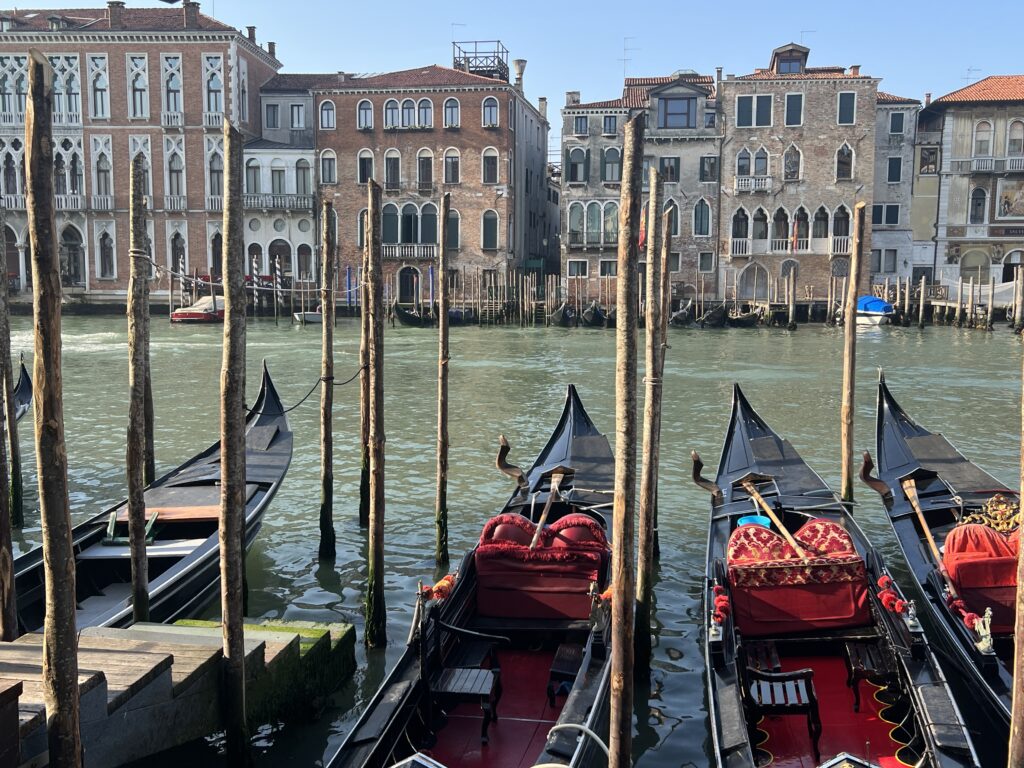People always ask which Japanese city is the most important to visit, and my answer is always the same: Kyoto. How could it not be? After all, for more than 1,000 years, Kyoto was both home to the imperial family and served as the nation’s capital. That’s why you’ll find almost 2,000 Kyoto shrines and temples, as well as imperial villas, gardens, old wooden homes, and artisan shops that have been passed down from generation to generation.
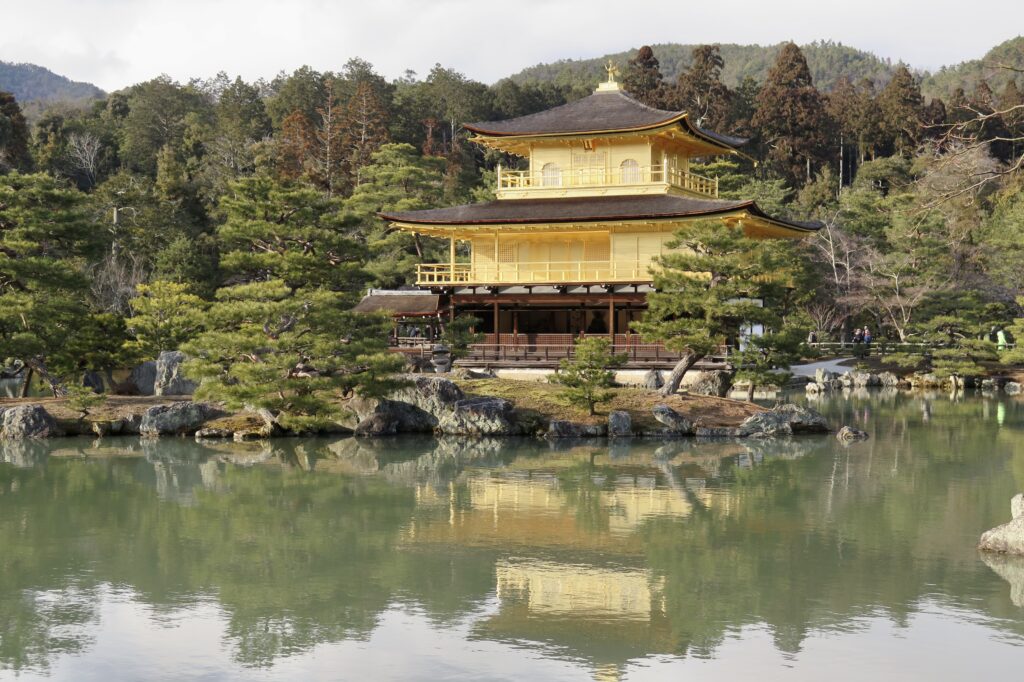
It’s also why, for me, Kyoto is Japan’s most romantic city; no other place even comes close. So while my list of Kyoto shrines and temples might help you decide which ones to see, be sure to allow extra time just for wandering. One of my favorite things to do? Sit on the banks of the Kamo River, especially in the evening. Really.
A primer on Shinto, shrines, Buddhism, and temples
Before we talk about Kyoto shrines and temples, it’s necessary to know the difference between them. Japan has two main religions, Shinto and Buddhism. Although it might seem strange to outsiders, many Japanese consider themselves followers of both, getting married, for example, in a Shinto ceremony but having a Buddhist funeral when they die.
Shinto
Shinto is Japan’s indigenous religion, with roots going back to ancient times. It’s the worship of deities, called kami, which can reside in both animate and inanimate objects, including mountains, trees, boulders, the sun, animals, and deceased beings, including ancestors. In Shinto, there are no written scriptures, no code of conduct or ethics. Rather, it’s practiced mostly through ceremonies and festivals. Worshippers also visit shrines for specific favors or protection, like Jishu Shrine in Kyoto, popularly known as the shrine for love.
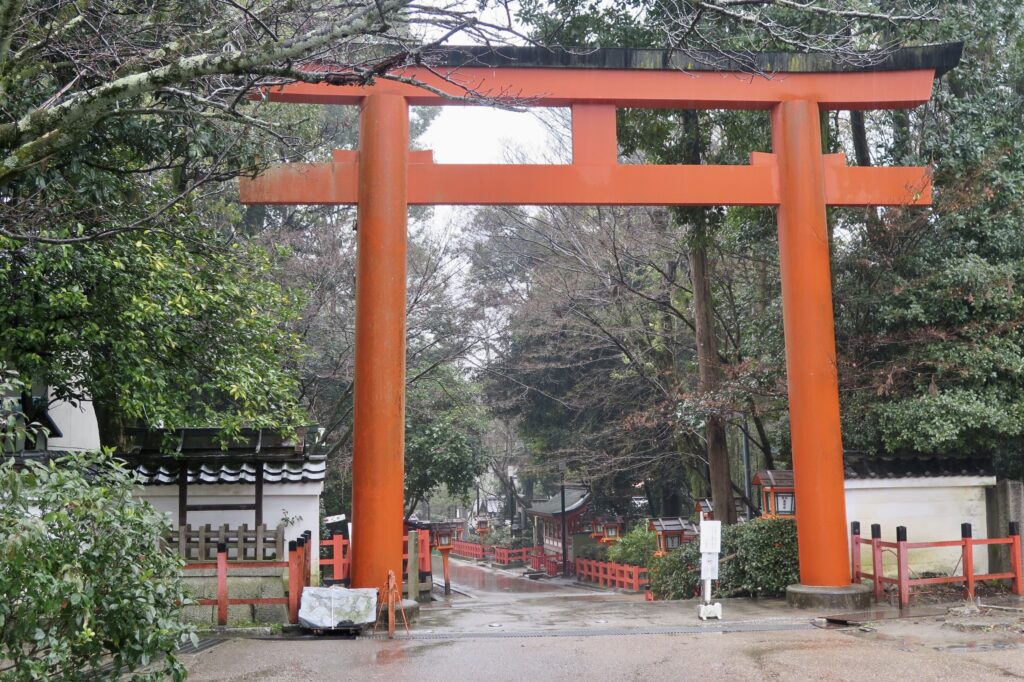
Never call a Shinto place of worship a temple–that would be like referring to a Jewish place of worship as a church. Rather, Shinto places of worship are called a shrine, or jinja. The easiest way to recognize a shrine is by its entry gate, or torii, which symbolizes the division between the ordinary and divine worlds and consists of two tall poles topped with one or two crossbeams. Some torii and shrines are painted a striking vermillion red, while others are austerely plain, without color or decoration.
Because cleanliness and purification are central to Shinto’s respect for kami, shrines are likely to have a water trough on their grounds, so that worshippers can ladle water over their hands to cleanse them.
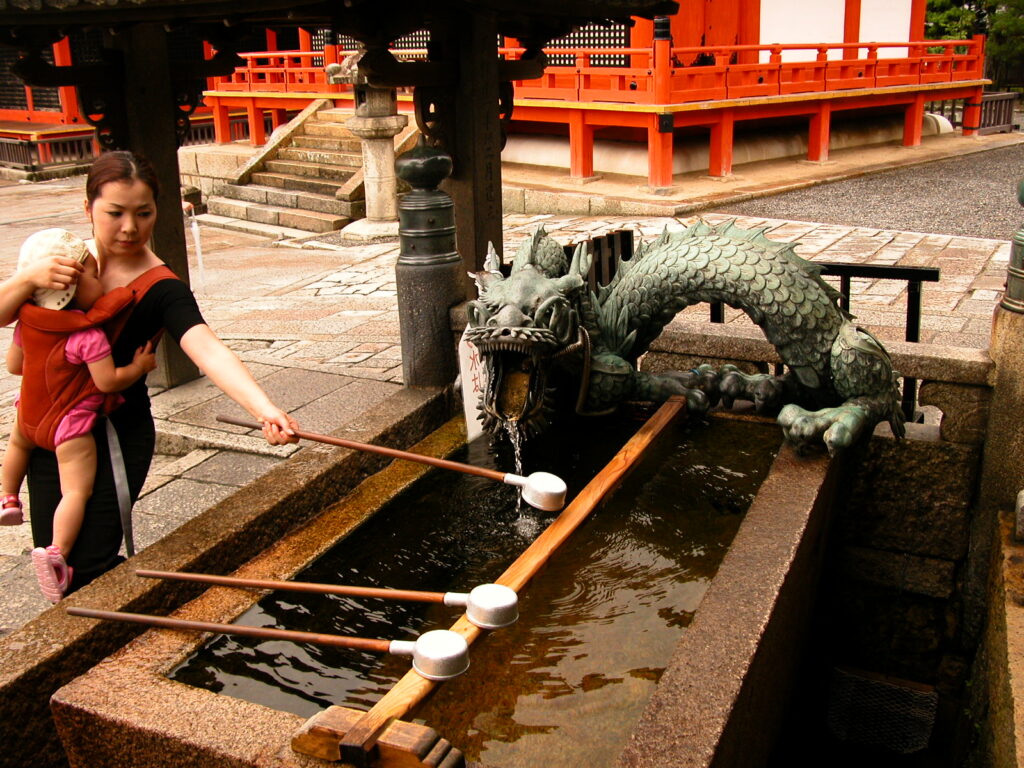
One of the things I love most about shrines is their lucky charms, which you can buy to guard against illness or accidents, to protect women in childbirth, or to gain favor in business dealings or school exams. I have a charm that protects me in travel; maybe it works, since I’m still around.
Buddhism
Buddhism was founded in India in the 5th century BCE and, by way of China and Korea, came to Japan in the 6th century BE. Based on the teachings of Buddha, Buddhism brought with it the concept of an afterlife and greatly influenced Japanese culture. There are several Buddhist sects in Japan, but none are as well known outside Japan as Zen Buddhism, which found expression in everything from the tea ceremony to garden design.
The Buddhist place of worship is called a temple, which is marked by an entry gate with a raised doorsill and heavy doors. Temples may also have a cemetery (shrines never do) and a pagoda, but the focus is the main hall, which houses Buddha and often Kannon, the Buddhist goddess of mercy, or other enlightened beings.
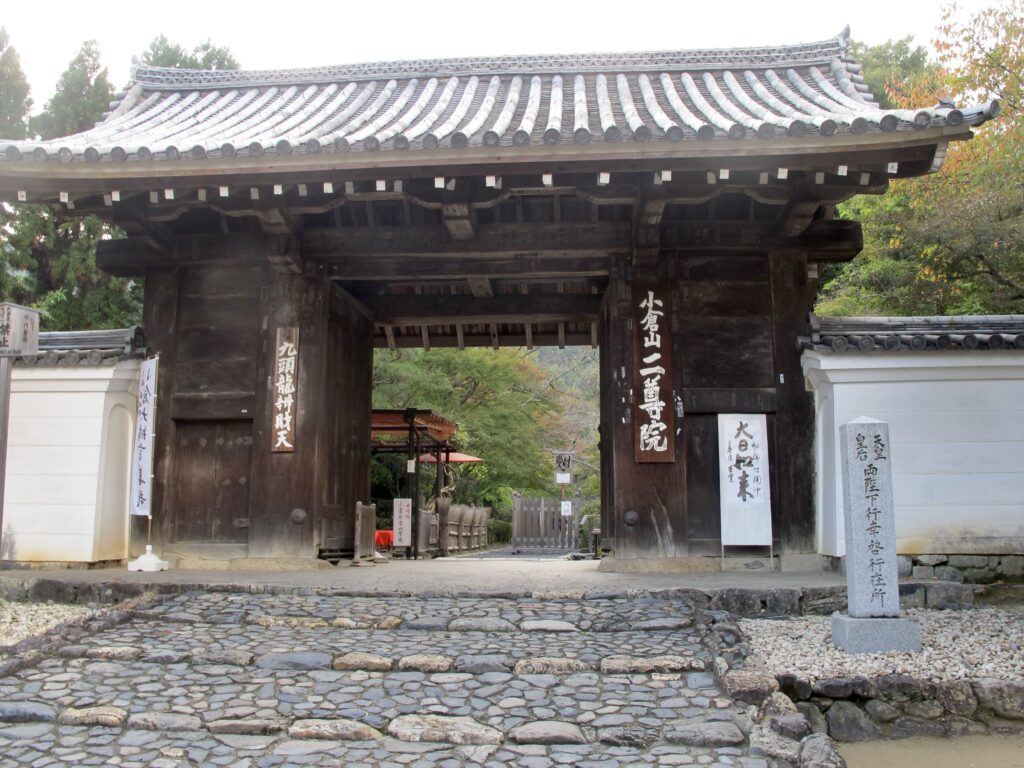
My favorite Kyoto shrines and temples
Because Buddhism was so widely embraced by emperors, feudal lords, samurai, and commoners, temples far outweigh shrines in and around the old imperial capital. Of the 2,000 Kyoto shrines and temples, 1,600 of them are temples. But what shrines lack in number is more than made up in flamboyance. They also host some of Kyoto’s most important festivals.
Kyoto’s top shrines
Although Shinto shrines can be austere, those on my Kyoto list of favorites stand out for their striking vermillion colors, which can brighten the mood (and photographs) even on cloudy days. If you have time, other shrines worth seeing besides the ones listed here are Shimogamo Shrine and Kamigamo Shrine, both among the oldest shrines in the country and founded even before Kyoto became capital.
Heian Jingu Shrine
It’s not old, yet Heian Jingu is among my favorite Kyoto shrines and temples due to its celebration of Kyoto’s long history. I also love its stroll garden.
Built in 1895 to commemorate the 1,100th anniversary of Kyoto’s founding in 794, Heian Jingu was constructed to also bolster public mood after the capital moved to Edo (now Tokyo) in 1868, which understandably caused a worrying decline in population and the local economy. Heian Jingu must have done its job, because Kyoto is now one of Japan’s most-visited (and crowded) cities (for advice on where to go to escape the crowds, see my article on the village of Tomonoura in Hiroshima Prefecture).
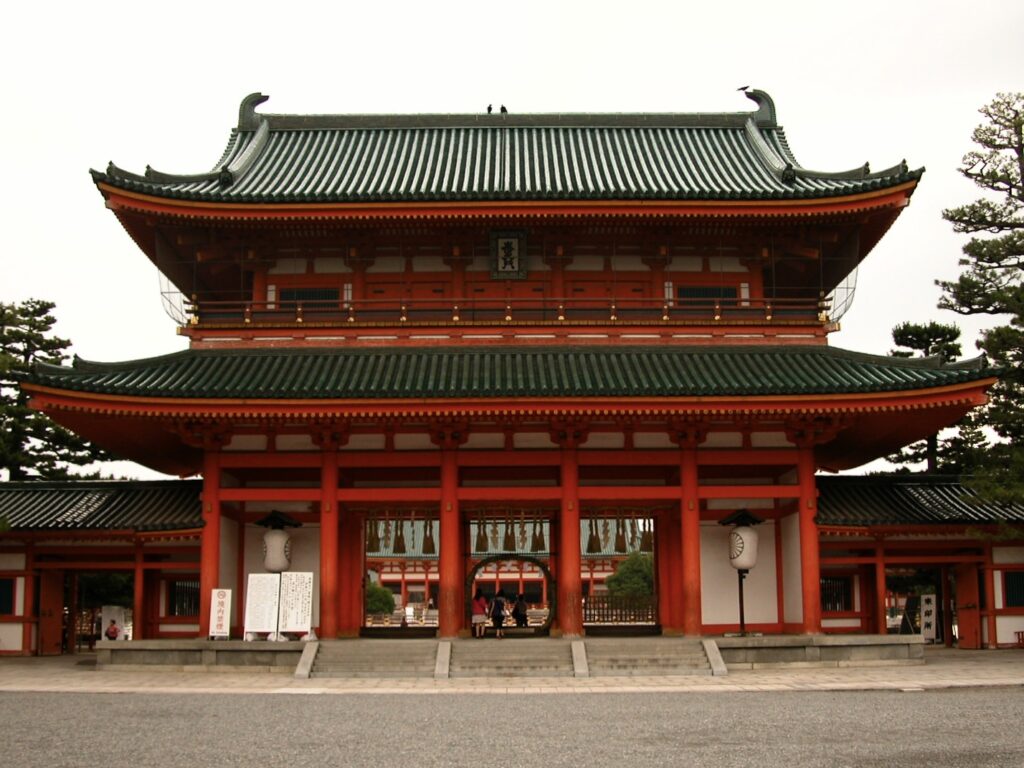
Heian Jingu deifies the first and last emperors who ruled from Kyoto: Emperor Kammu (737-806), the 50th emperor of Japan, who founded Heian-Kyo (present-day Kyoto) in 794; and Emperor Komei (1831-1867), who ruled as Japan’s 121st emperor from 1831 to 1866. The shrine’s main buildings are a partial replica of the original Imperial Palace, albeit on a smaller scale, and are therefore interesting for their Heian-style architecture and bright orange, green and white colors typical of the time. Heian Jingu is home to one of Japan’s most famous festivals, the Jidai Matsuri (Festival of the Ages), held on October 22 to commemorate Kyoto’s founding with a procession of people dressed in ancient costumes.
But it’s Shin’en Garden, which starred in the movie Lost in Translation, that I always want to see. It’s famous for its weeping cherry trees but also boasts irises, azaleas, plum trees, wisteria, and water lilies, as well as changing leaves in the fall.
Although its 8 acres (3.3 hectares) seem like one big garden, it’s actually four stroll gardens that run seamlessly along streams and ponds from one to the next. The four gardens were created from 1895 to 1981 and representational of different periods of history: the Heian period (794–1185), Kamakura period (1185–1333), Momoyama period (1568–1603), and Edo period (1603–1867.
I always make a point of taking a break on the garden’s covered wooden bridge, topped by a phoenix and spanning a lake, with benches from which I might spy a heron or kingfisher searching for lunch.
Fushimi Inari Shrine
Just two stops away from Kyoto Station by local commuter train, Fushimi Inari Shrine was founded in 711, when Inari, the god of rice and sake, was enshrined on the mountain rising behind it, which bears his name. Rice, of course, is a Japanese staple, as is arguably sake, but during the days of the shogun rice was as good as gold, collected from around Japan as a form of taxes and used by feudal lords as a measurement of their wealth.
It’s not surprising, therefore, that merchants have long prayed to Inari for success and prosperity. Although there are Inari shrines throughout Japan, this is the head location, making it one of the most celebrated Shinto shrines in the country.
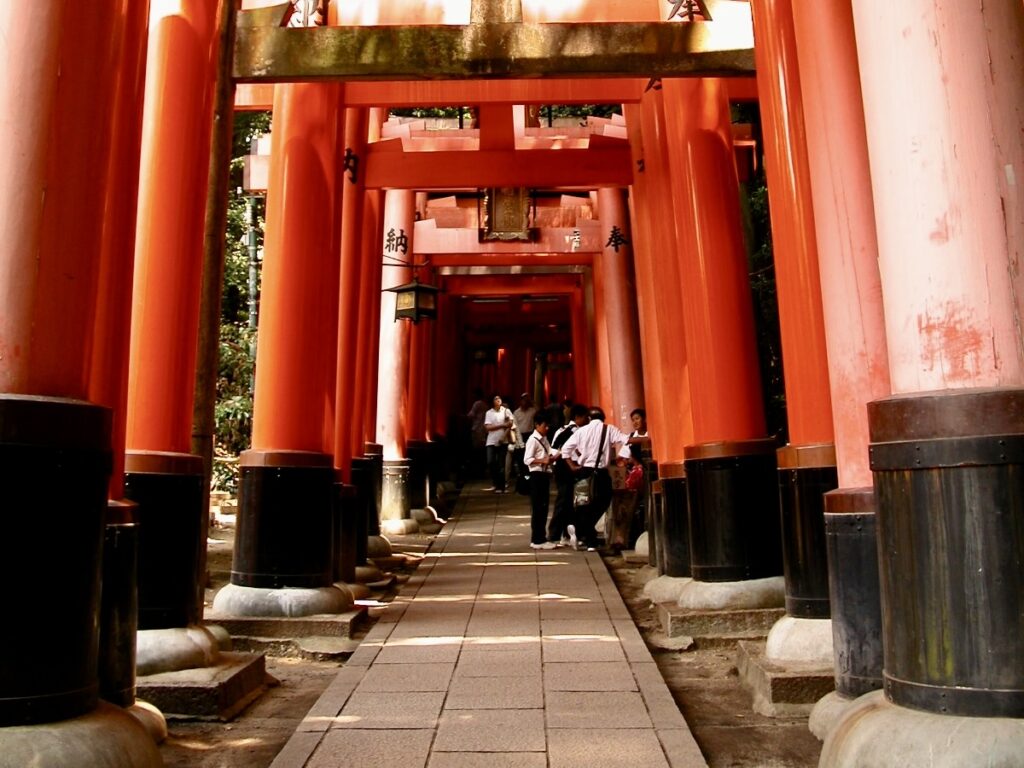
On weekdays I used to have this place virtually to myself. But ever since it was touted in a well-known guidebook and website (not Frommer’s!) for its Instagram-worthy photos, foreign visitors flock here. They’re drawn not by Inari but by the thousands of vermillion-colored torii gates that line the 2.5-mile (4km) pathway behind the shrine up the mountain slope.
Estimated at about 5,000 torii donated by worshippers and Japanese businesses, the neon-colored tunnel pathway is thrilling and unique. I’m sure more than a few visitors have had their seasonal greeting cards taken here–ok, back in the days when people actually sent greeting cards. Now they’re posting photos on their social media accounts.
Throughout the tree-shaded grounds are shops selling refreshments and lots of lesser shrines and monuments, as well as stone statues of foxes, which are considered messengers of the gods and usually hold a key to rice granaries in their mouths.
Festivals are held throughout the year, with the biggest crowds descending on New Year’s.
Yasaka Jinja Shrine
Yasaka Jinja Shrine is located on the edge of Gion (Kyoto’s most famous Geisha district), with a history that may go back as far as 656. The stone torii on its south side is considered among the oldest in Japan. The shrine is popular with those praying for health, beauty and wealth, which might explain why I sometimes see Maiko (Geisha apprentices) here.
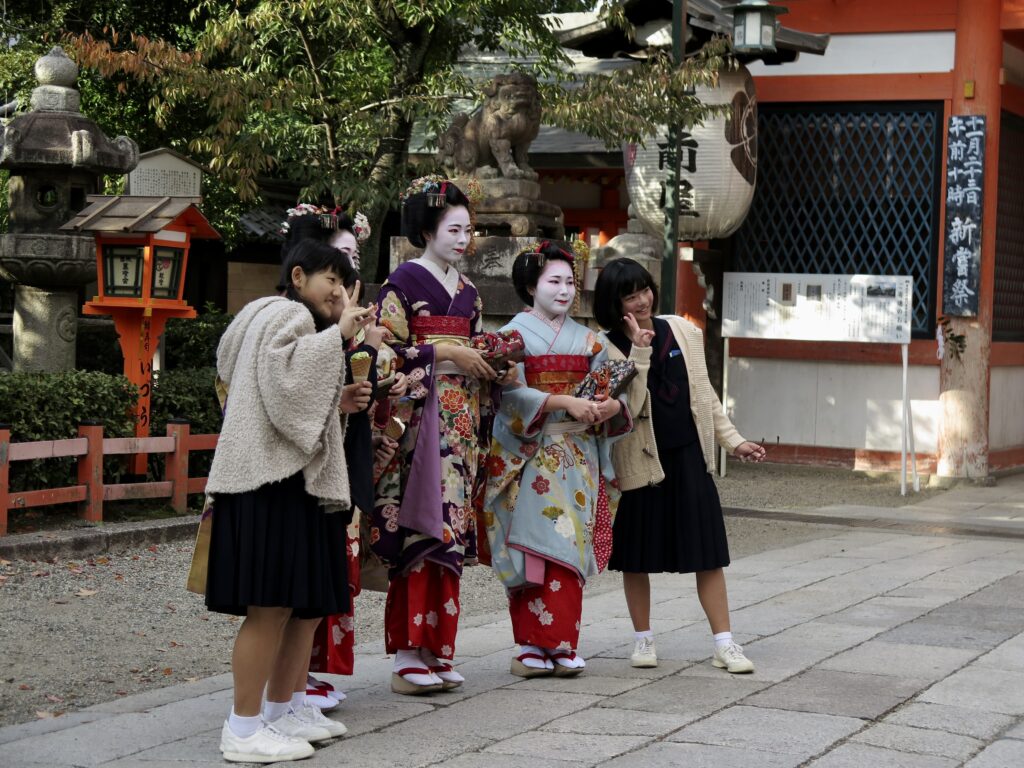
Otherwise, Yasaka Jinja is most well known for hosting one of Japan’s most popular festivals, the Gion Festival, which was first held in 869 to appease evil spirits and deities that were thought to have caused a terrible plague. Today, Gion Festival unfolds during the entire month of July, but the highlights are on July 17 and 24, when more that 30 festival floats are paraded down Kyoto’s streets.
Jishu Jinja Shrine
Those looking for love shouldn’t slight Jishu Shrine, the dwelling place of kami responsible for love and matchmaking. You can purchase good-luck charms and undergo the real test for a successful love life–navigating the distance between two stones placed about 32 feet (10m) apart with your eyes closed (you didn’t think finding love would be easy, did you?).
If you fail, don’t despair. There’s also a bucket of water, where you can write down your woes on a piece of paper and then submerge it, supposedly washing your troubles away. You can also buy charms that will bring luck in finding your soul mate or deepen a relationship you already have, as well as for more mundane requests such as prospering in business.
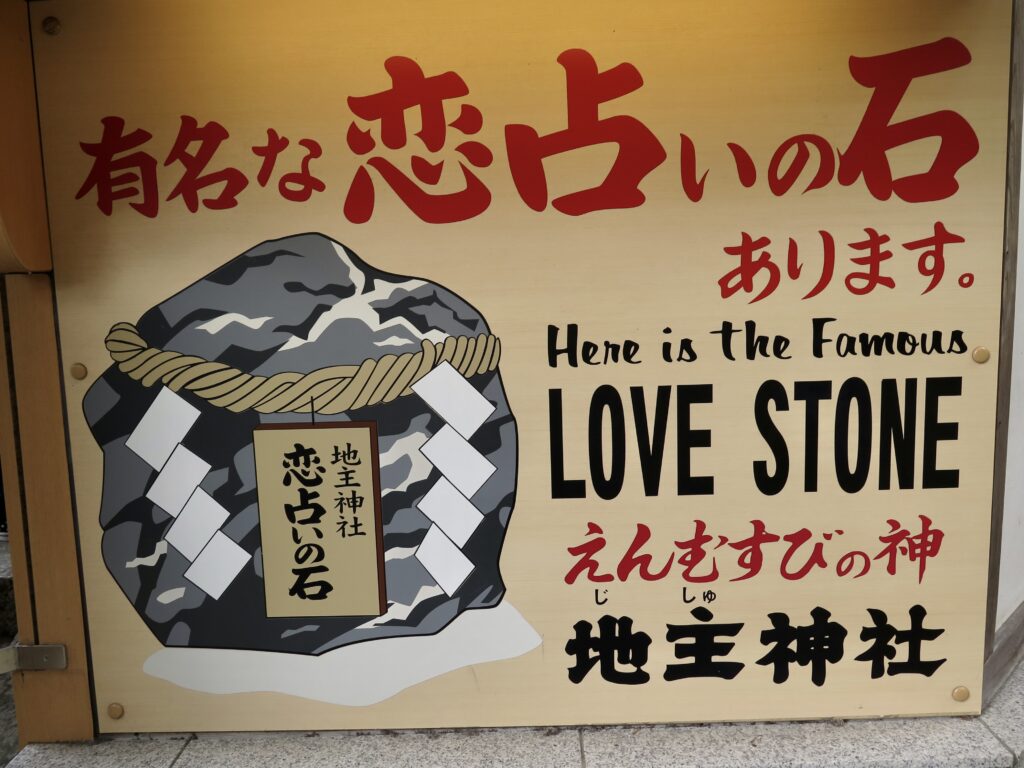
But alas! Jishu Shrine is closed for renovation until sometime in 2025. How discouraging that the shrine dedicated to love and relationships is temporarily out of commission.
Kyoto’s Top Temples
Temples are virtually everywhere in and around Kyoto, but there are reasons my favorites are also hugely popular (you’ve been warned).
Kiyomizu-dera Temple is probably Kyoto’s most well-known temple, with views from its wooden verandah so famous that there’s a Japanese idiom that “jumping off the stage of Kiyomizu” means you’re about to take the plunge and embark on a new adventure (behind Kiyomizu is the love shrine, Jishu Jingu Shrine, above).
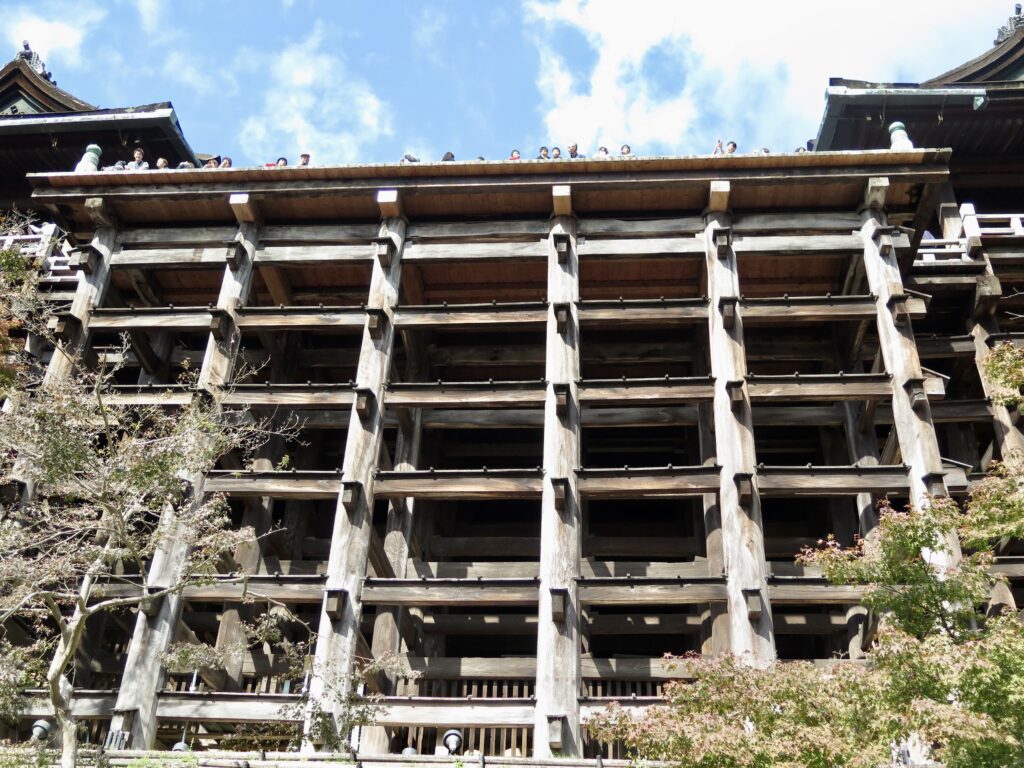
My other favorite Kyoto temples include Ryoanji, which has the most famous rock garden in Japan, and Kinkaku-ji, covered in gold leaf and nicknamed the nickname Golden Pavilion. But my absolute favorite is probably Sanjusangendo Temple with its remarkable 1,000 life-size statues.
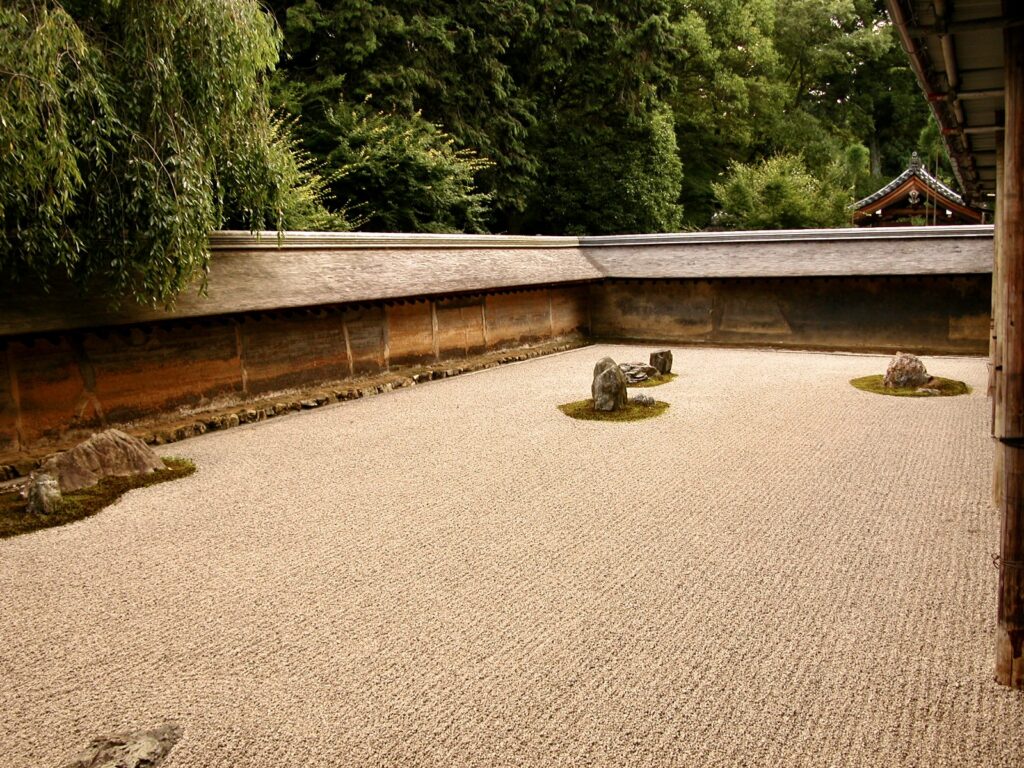
Because I wrote about my favorite Kyoto temples in an article published on Tripadvisor, I’m going to send you there rather than reinvent the wheel: “A guide to Kyoto’s top temples– 9 of the city’s grandest, most art-filled, and serene temples you don’t want to miss.”
Several of Kyoto’s temples are included in the UNESCO World Heritage site of “Historic Monuments of Ancient Kyoto,” a collection of 17 outstanding locations, including Kiyomizu-dera Temple, Ryoanji, and Kinkaku-ji. For more on Japan’s 25 World Heritage Sites scattered around the country and why I think they’re important, see my blog Japan’s Top World Heritage Sites.
